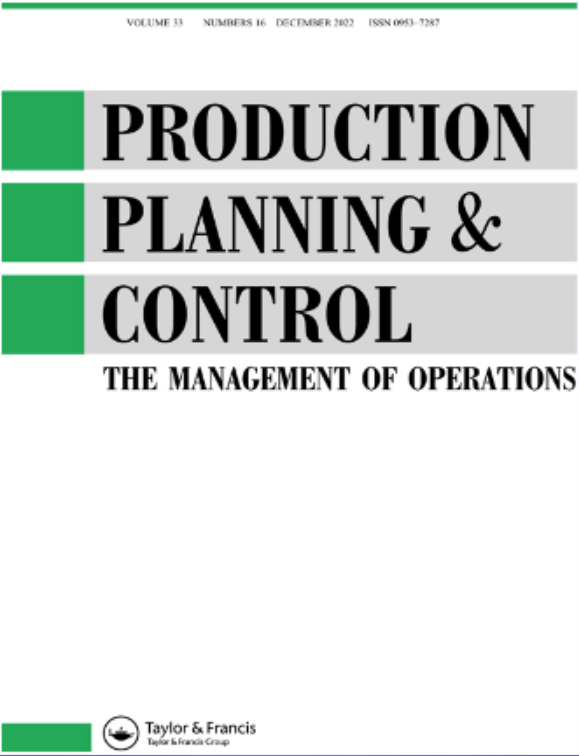言出必行?质量管理在中国实施的多案例研究
IF 5.4
3区 管理学
Q1 ENGINEERING, INDUSTRIAL
引用次数: 2
摘要
摘要本研究以中国制造业为研究对象,探讨了导致企业实际实践与公认的核心质量管理(QM)实践之间可能存在差距的因素。对中国11家制造企业的生产经理、质量经理和高管进行了深入访谈。所选的案例公司因公司规模、所有权和所经营的市场而异。采用NVivo软件程序进行定性分析。当与普遍认可的核心质量管理实践进行比较时,案例公司显示出实施差距。实现差距指的是相对于基准实践,在单个公司中实现的QM核心实践缺乏全面性。在11家案例公司中,有7家发现了中等或较大的实施差距。本研究进一步探讨了导致质量管理实施差距的背景和文化因素。案例分析表明,建立以质量为中心的文化在缩小质量管理实施差距方面发挥着关键作用。公司所有权是质量管理实施差距的另一个重要指标。本文章由计算机程序翻译,如有差异,请以英文原文为准。
Walking the talk? A multiple-case study of quality management implementation in China
Abstract Focusing on the manufacturing industry in China, the study explores factors that contribute to possible implementation gaps between companies’ actual practices and the commonly recognized core quality management (QM) practices. In-depth interviews were conducted with production managers, quality managers, and executives of 11 manufacturing companies in China. The selected case companies vary by firm size, ownership, and markets they operate. Qualitative analysis was conducted using NVivo software program. When assessed in comparison with commonly recognized core QM practices, the case companies showed implementation gaps. The implementation gap refers to the lack of comprehensiveness of QM core practices implemented in an individual company against the benchmark practices. Moderate or large implementation gaps were found in seven out of 11 case companies. The study further explores the contextual and cultural factors that contribute to the QM implementation gaps. Case analysis identified that building of quality-centric culture plays a key role in closing the QM implementation gaps. Company ownership is another important indicator for the QM implementation gaps.
求助全文
通过发布文献求助,成功后即可免费获取论文全文。
去求助
来源期刊

Production Planning & Control
管理科学-工程:工业
CiteScore
19.30
自引率
9.60%
发文量
72
审稿时长
6-12 weeks
期刊介绍:
Production Planning & Control is an international journal that focuses on research papers concerning operations management across industries. It emphasizes research originating from industrial needs that can provide guidance to managers and future researchers. Papers accepted by "Production Planning & Control" should address emerging industrial needs, clearly outlining the nature of the industrial problem. Any suitable research methods may be employed, and each paper should justify the method used. Case studies illustrating international significance are encouraged. Authors are encouraged to relate their work to existing knowledge in the field, particularly regarding its implications for management practice and future research agendas.
 求助内容:
求助内容: 应助结果提醒方式:
应助结果提醒方式:


